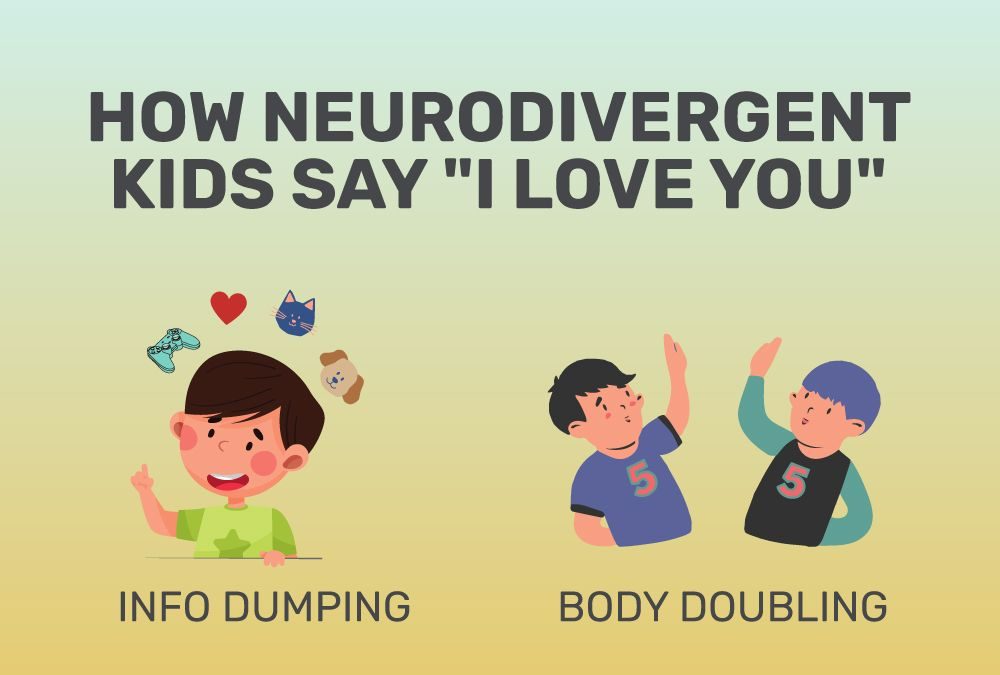Recognizing the symptoms of cataplexy can help parents understand and support their children with special needs. Cataplexy episodes involve sudden muscle weakness or paralysis triggered by intense emotions.
- Loss of muscle tone: During a cataplexy episode, muscles become weak, causing difficulty moving or a complete collapse.
- Drooping facial muscles: The face may droop, resulting in a lopsided smile or difficulty speaking clearly.
- Weakness in limbs: Arms or legs may feel heavy or unresponsive during an episode.
- Buckling knees: Knees may give way, making it challenging to stand or walk.
- Head nodding: Sudden head drooping or bobbing can sometimes lead to difficulty keeping the head upright.
Awareness of these symptoms can help parents recognize cataplexy episodes in their child. Goally, our tablet product, supports kids with cataplexy by offering interactive apps for building life and language skills, emotional regulation, executive functioning, and social skills.
Editor’s note: This information is not meant to diagnose or treat and should not take the place of personal consultation, as needed, with a qualified healthcare provider and/or BCBA.















